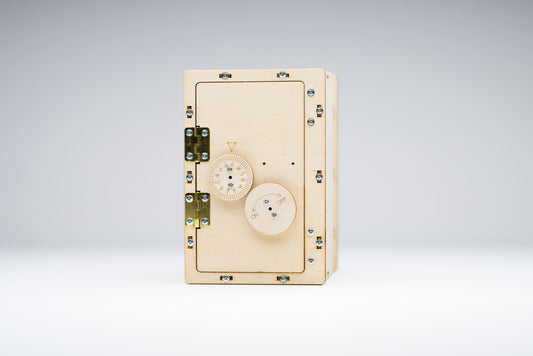Microbiology, the study of microscopic organisms, is a fascinating and vital field of science. Introducing kids to the world of microbiology can spark their interest in the wonders of life that are not visible to the naked eye. Through simple and safe experiments, children can explore the basics of microscopic life, aligning with Young Inventors' mission to make STEM education engaging and accessible. Here are some fun experiments to get started.
Yogurt Cultivation
Materials Needed: Milk, a small amount of plain yogurt with live cultures, a warm place to store the mixture. Experiment: Mix a spoonful of plain yogurt into warm milk and let it sit in a warm place for a day or two. The milk will turn into yogurt, demonstrating how bacteria can change the properties of food.
Mold Growth Observation
Materials Needed: Bread slices, zipper bags, a magnifying glass. Experiment: Place bread slices in different environments (e.g., one in a dark, damp place and another in a dry, light place). Observe how mold develops differently, teaching about the growth conditions of different microorganisms.
Viewing Onion Cells
Materials Needed: An onion, microscope slides and cover slips, a light microscope, iodine solution. Experiment: Place a thin layer of onion on a slide, add a drop of iodine (to make the cells more visible), and observe under a microscope. This experiment introduces the basic structure of cells.
Homemade Water Microscope
Materials Needed: A clear bottle (like a soda bottle), a clear plastic bag, water, small pond water or rainwater sample. Experiment: Create a simple microscope by cutting the bottom of the bottle, stretching a piece of clear plastic tightly over the cut end, and securing it with a rubber band. Add water to the plastic to form a lens. Place a drop of pond water on the lens and observe through the top of the bottle. This DIY microscope can reveal the presence of tiny organisms in water.
Bacteria Colonies
Materials Needed: Petri dishes with agar, cotton swabs, paper masks, gloves. Experiment: Swab different areas (like a doorknob or a toothbrush) and gently wipe the swab over the agar. Seal the Petri dishes and observe after a few days to see the bacteria colonies that grow. This experiment must be conducted with adult supervision to ensure safety and proper handling.
Germination Process
Materials Needed: Bean seeds, paper towels, plastic bags, water. Experiment: Wet a paper towel, place a few bean seeds on it, and put it in a plastic bag. Observe the seeds over several days to see the germination process, which is a key aspect of microbiology.
Edible DNA Model
Materials Needed: Licorice, marshmallows (different colors), toothpicks. Experiment: Use licorice as the DNA strands and marshmallows as the bases. Attach marshmallows to the licorice using toothpicks to represent the DNA double helix structure. This edible model helps kids understand DNA's basic structure in a fun and tasty way.
These simple experiments can unveil the fascinating world of microbiology to children, showing them that there is much more to the world than what meets the eye. Activities like these, provided by Young Inventors, can ignite a lifelong interest in science and exploration.
Discover more about the microscopic world and other STEM activities by visiting Young Inventors. Let’s nurture curious minds to explore the wonders of science together!





